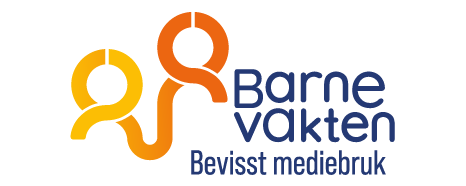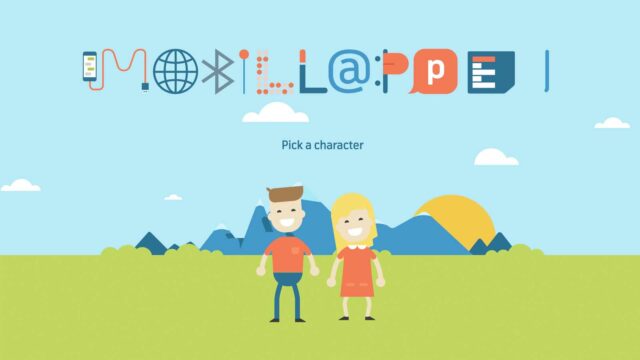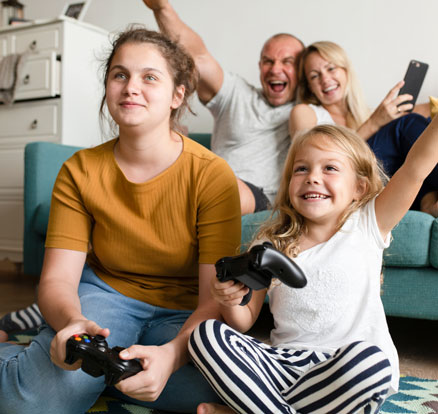
What happened when we logged on to Instagram as a 13-year-old
We wanted to test how well-facilitated Instagram for teenagers is. It didn't take long for us to be flooded with links, advertising, and body-fixated content.
Choose language in the Google-box below. Some translations may be flawed or inaccurate.
Lately, the social media giant Instagram, which is owned by Meta, has gone under criticism for influencing young people’s self-esteem in a negative way. So, we decided to do a little experiment to see what Instagram may look like for a random 13-year-old.
The first step is to create an account. We choose a fictional name, “Sofie Ormåsen,” a 13-year-old girl, on a mobile phone that does not have other social media apps installed.
We set the account as public, not private (private requires approval of new followers to let them watch the content). Here, Instagram tries to hint that we should be aware of privacy, and that’s good.
Next, we get a long list of suggestions for accounts to follow. We follow the first hundred. The suggestions include Nike, Kim Kardashian, and Tinder Nightmares. These images appear in our feed (we have covered the naked body).

We have not received any suggestion of “Cyber Patrol of Police (Politiets nettpatrulje)”, “Ung.no” or “Psykt deg” – those who are there to build up children and adolescents. Instead, Instagram thinks advertising, nudity, and sex stories are appropriate for a thirteen-year-old (or, statistically perhaps a nine-year-old).
Here, Instagram has a job to do to improve with its suggestions.
After a few minutes of being signed in, and as our account is set to public, we quickly get new followers. We follow them back. 7 of the 8 new followers send us messages privately and that includes some explicit porn links. These were spam accounts that somehow get to operate freely in Instagram’s universe.
We have covered the naked body in the image that was sent in a message:
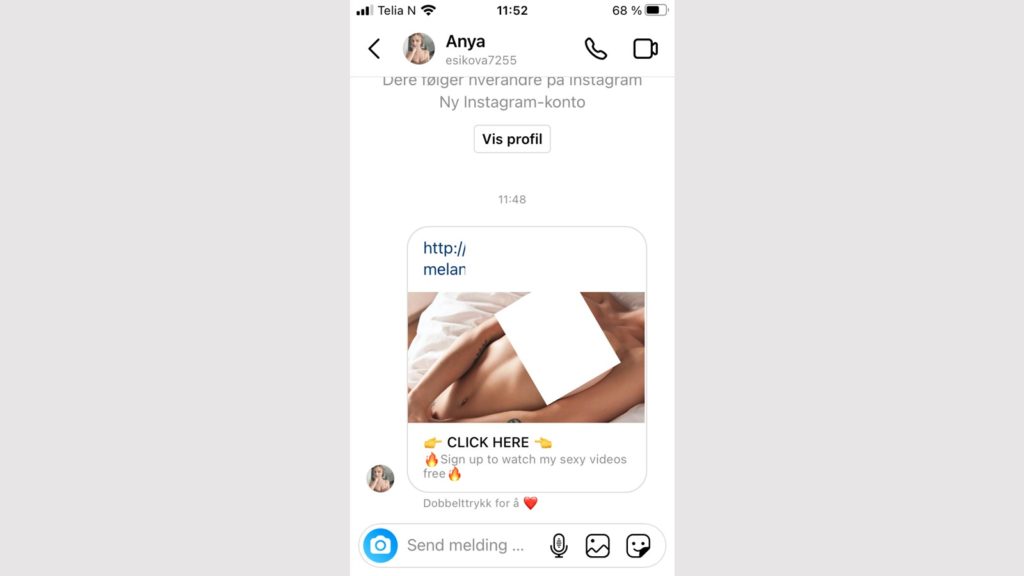
And inside “Search,” there is an endless stream of content. This section is actually algorithmically controlled suggestions for content from people all over the world. Among other things, based on the age of the user, who one follows, and preferences. Here there is also some content that focuses on body, makeup, and exercise.
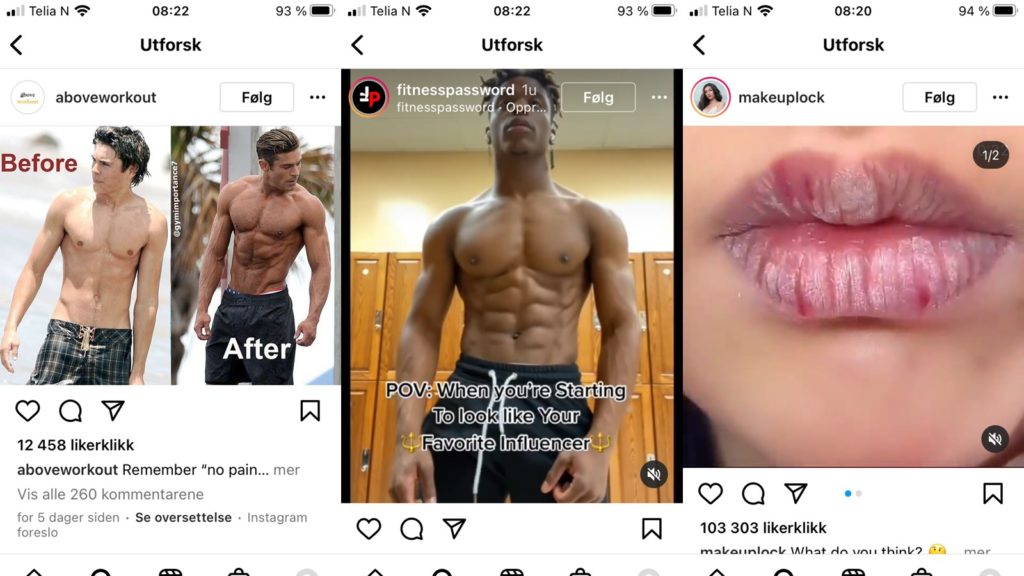
This is nothing unique to Instagram. From a Norwegian Media Authority’s survey, it is found that 13 – 18-year-olds have received advertisements for:
- Gambling: 62 percent
- Weight loss products: 48 percent
- Muscle enlargement: 41 percent
- Cosmetic treatment: 37 percent
So, what’s the conclusion? Should children and young people be banned from social media?
Social media has become an important part of children’s life. This is where many meet, make appointments and share experiences. Not allowing one to participate may exclude youth.
In our experiment, we took it as far as we could by making the account public, not private, and it led to porn links appearing in the inbox. The content being served is algorithmically controlled, and not all teenagers may experience the things mentioned above at all.
However, there is little doubt that social media companies have a job to do. Responsibility for a safe digital life cannot only be left to children and parents alone. More barriers and solutions are needed to be adopted by social media for young users. The authorities must also ensure updated and relevant legislation that will ensure that young users are more taken into account online.
Some advice from Barnevakten about children’s use of social media:
- Set your account to private so your kids have to approve new followers
- Teach your kids to be critical of who they follow on social media, it will affect the content that they are exposed to
- See other privacy settings in the app
- Use the “not interested” button that can help influence the algorithm so that your kids don’t get more of the same content
Also Read:
A checklist for children’s social media use
How to restrict children’s access to pornography
Children watch adverts for plastic surgery, alcohol, gambling online
(A longer version in Norwegian is available here. Translated and shortened by Ratan Samadder.)
Utviklet som en del av Erasmus+ prosjektet «TeachingTools».
